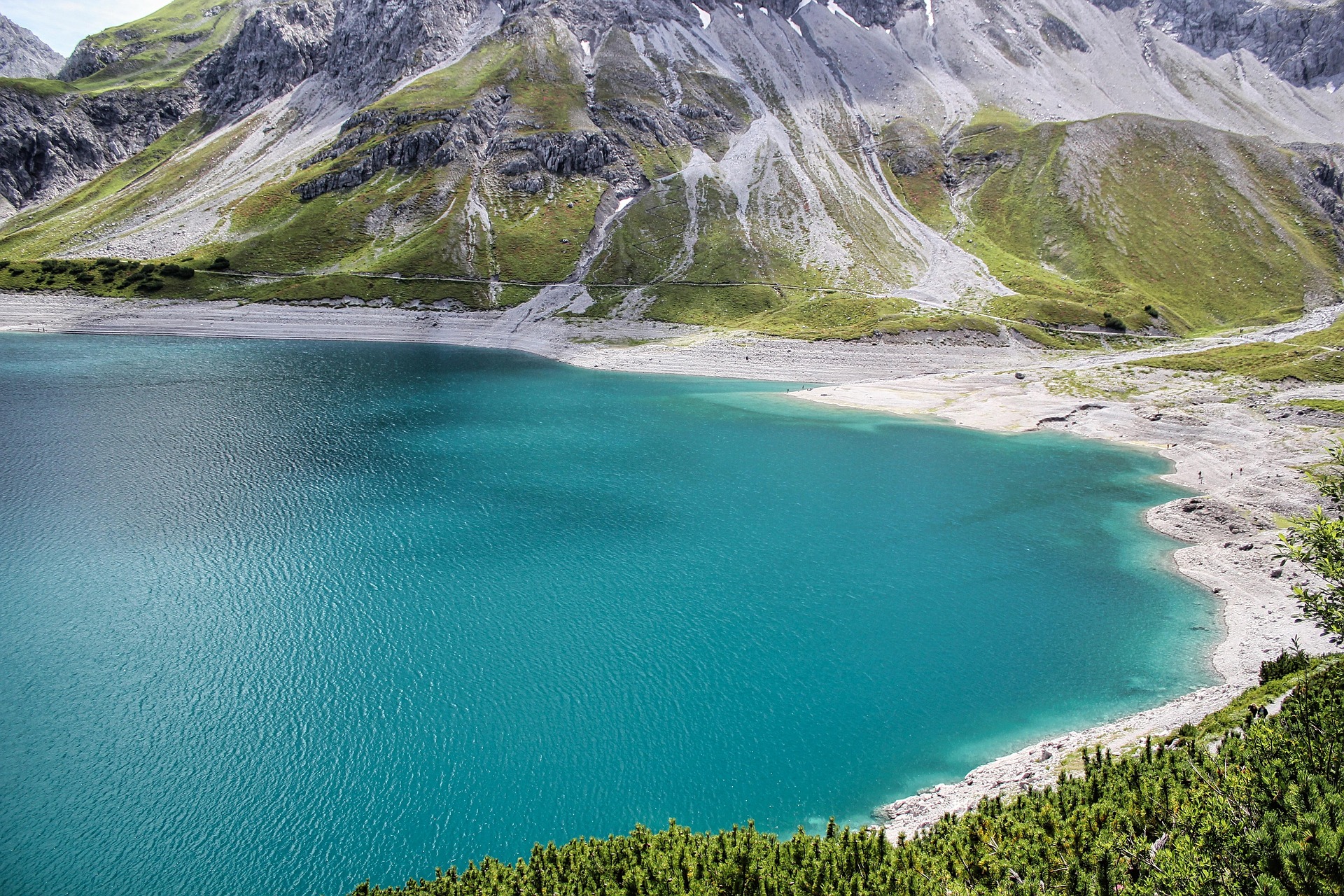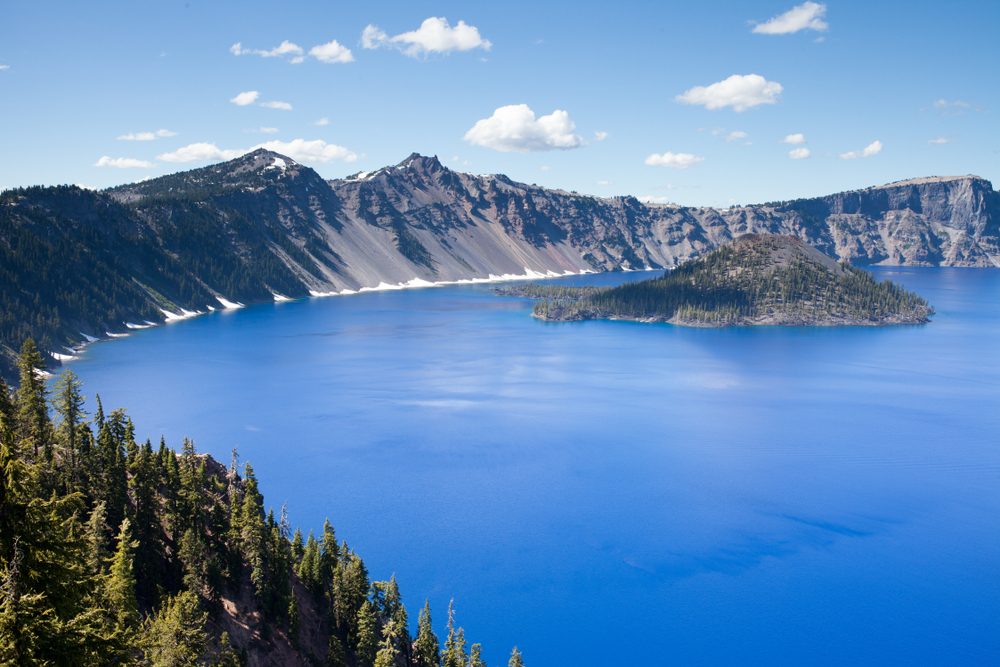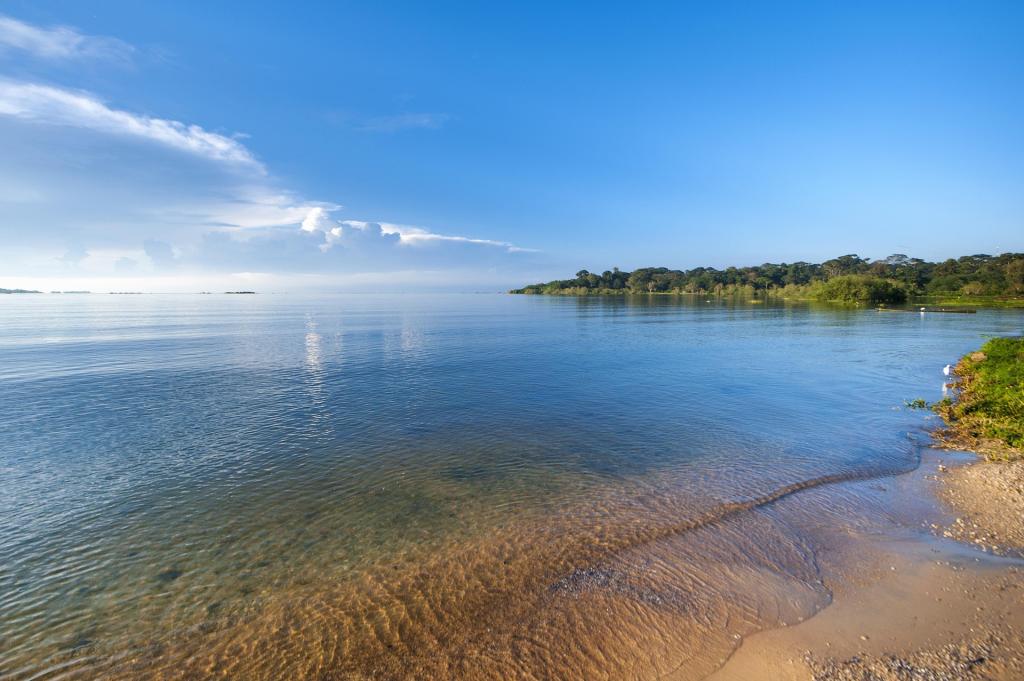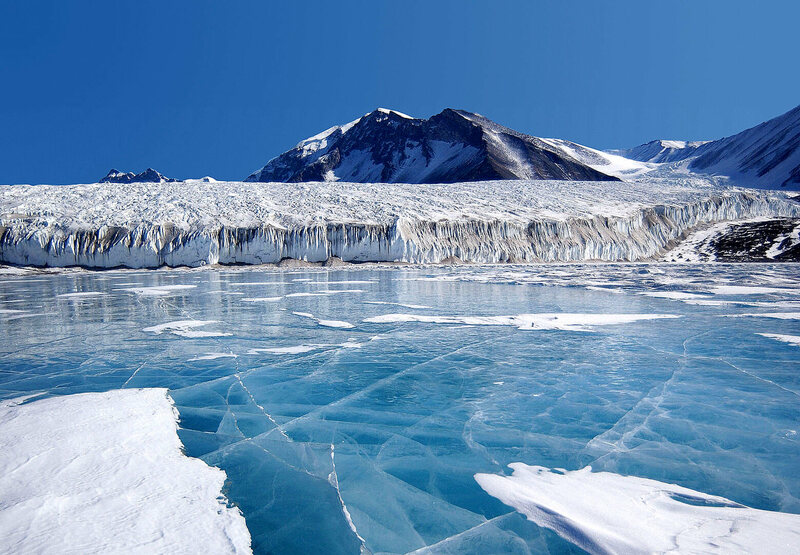
Previously on Lake Homes Lifestyles, we covered which states and countries have the most or fewest lakes. But now, it’s time to add all these up and see where each continent ranks. As the data demonstrates, the continents with the most lakes tend to be situated in the Northern hemisphere. Back during the last Ice Age, enormous ice sheets covered Northern Canada, Scandinavia, Russia, and Alaska. Consequently, when the glaciers melted, they left behind the hundreds of thousands of lakes that we know and appreciate today. So journey with us around the world as we explore these distinct lake landscapes!
Continents With the Most Lakes:
North America

Considering that the majority of the world’s lakes are in Canada and Alaska, it is not surprising that North America contains the most lakes out of any continent. Although no one knows the exact number, researchers posit that there are at least two million Canadian lakes. Plus, the United States boasts an even more impressive lake population. Alaska alone houses 3,197 named lakes and three million unnamed lakes spanning more than five acres. However, it is important to note that although Alaska contains more lakes, Canada has more water surface area. Additionally, in the lower 48 states, there are at least 125,000 lakes larger than 20 acres. So, if you want live on the lake, you will find the most opportunities in North America. And if all these options seem overwhelming, Lake Homes Realty can help you find the right lake for you!
Europe

Studies show that there are more than 500,000 natural lakes larger than 2.5 acres in Europe. Nonetheless, this number does not take into account man-made lakes, so the overall figure is likely much larger. Furthermore, Norway, Sweden, Finland, and the Karelo-Kola region of Russia dedicate 5-10% of their surface area to lakes. The European segment of Russia boasts notable bodies of water like Lake Kuybyshev—the world’s third largest reservoir—and Lake Ladoga—the world’s 14th largest natural lake. Also, Finland has 188,000 lakes, making it the country with the most lakes in relation to its area. In fact, there is one lake for every 26 persons in Finland. However, the Southern European countries showcase far fewer lakes due to the fact that there were not as many ice sheets in these regions.
Continents With the Fewest Lakes
Africa

Despite being a sizeable continent, Africa only contains 677 lakes. Especially in the Northern region, the majority of the land mass is dry due to inconsistent rainfall, and lakes are harder to find. Nonetheless, Africa still boasts several spectacular bodies of water. Lake Victoria, for example, spans three countries—Kenya, Tanzania, and Uganda—and is the 9th largest continental lake in terms of volume. Additionally, Africa contains the world’s second-oldest freshwater lake, Lake Tanganyika. This body of water dates back 9-12 million years and stretches into four countries—Burundi, the Democratic Republic of the Congo, Tanzania, and Zambia.
Antarctica

Although the exact number is unknown, scientists estimate that Antarctica houses only a few hundred lakes, making it the continent with the fewest lakes in the world. However, this figure does not include the 379 subglacial lakes—bodies of water trapped under ice sheets—which have garnered recent research and attention. One of the most popular of these subglacial lakes is Lake Vostok, spotted in the 1960s by a Russian pilot. Around the same size as Lake Ontario, Vostok plunges 2,950 feet deep. Also, it potentially contains undiscovered life forms, piquing the interest of scientists all around the world. So even though Antarctica has more than 70% of the world’s freshwater, it ranks the lowest for the number of lakes since most of these are not in liquid form.
Regarding the rest of the continents—Asia, Australia, and South America—they all fall somewhere in the middle in terms of the number of lakes. We hope that you enjoyed learning about these global lake landscapes. And if all this makes you want to learn more about the lake lifestyle, check out all that Lake Homes Lifestyles has to offer!

